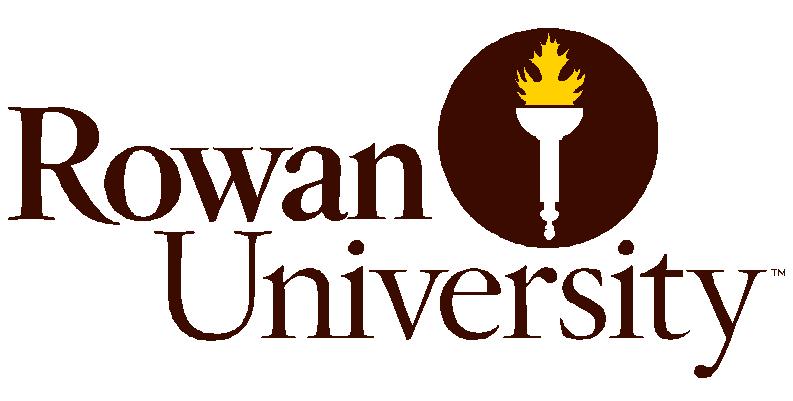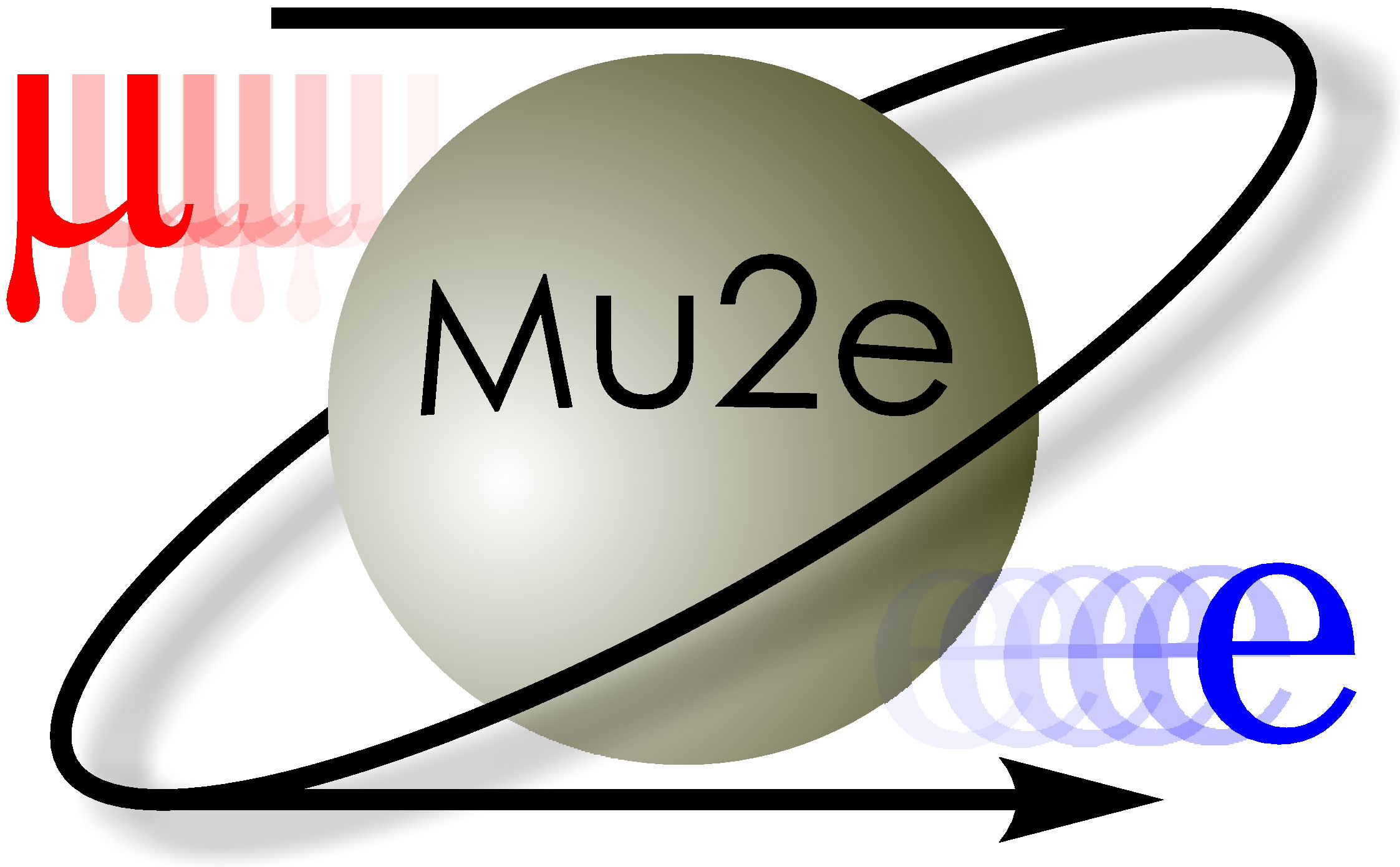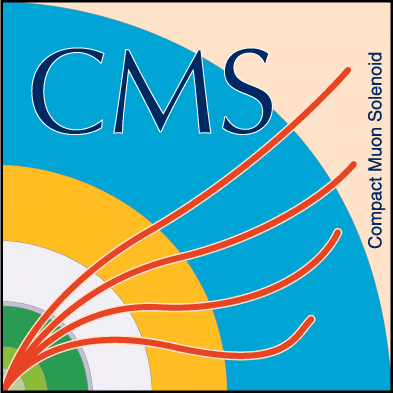|
|
Project Overview:
One of the projects that I was a part of this summer is titled mu2e. It is a collaboration of hundreds of scientists working together to detect a specific particle capture process that they believe can take place. The ‘mu’ in mu2e is short for ‘muon’ which is one of hundreds of particles that are studied in particle physics. A muon can be thought of as just a heavier unstable electron. The ‘2e’ part is short for ‘to electron’ which is a description for the particle conversion that mu2e hopes to detect. They want to see a muon decay into an electron and only an electron. The standard model of particle physics (which is basically the current theory of how particles interact with each other and outlines rules that scientists believe must be followed when particles interact) predicts that this specific reaction has a near zero chance of happening although it is possible. The predicted probability of this reaction is so low, in fact, that if scientists are able to observe it then they will instantly know that something about the standard model must be changed. Mu2e will be run at Fermilab which is located in Illinois, US. The experiment is still in the design/theoretical stage and will hopefully be run in about 2+ years.
The other, smaller project that I got to be a part of this summer was testing token bit manager (TBM) chips. A token bit, in the context of computer science, can be thought of as a piece of data so these TBM chips can be thought of computer chips that help manage pieces of data. The TBM chips that I helped test are upgraded versions of the TBM chips that are currently used in the large hadron collider (LHC) which is the world’s largest particle accelerator. The LHC is located in Cern, Switzerland and its most famous accomplishment is the detection of the higgs boson (the mass granting particle). Currently, when the LHC is running is produces 40 terrabytes (which is 40,000 gigabytes) of data per second during a particle collision. To reduce this number TBM chips are programmed to immediately make decisions on incoming data and throw out any data which is completely uninteresting and just allow potential interesting data to be stored and later analyzed by scientists. TBM help reduce the data by a factor of 10 million which is significant although that still leaves plenty of data left that scientists must analyze. The TBM chips go through series of testing of which KSU is responsible for electronical testing whereas other sites will do radiation and other kinds of testing to ensure these chips will work when they are placed in the LHC. The ones that I had a part in testing will placed in the LHC in a few years where it undergoes its next set of upgrades.
|






